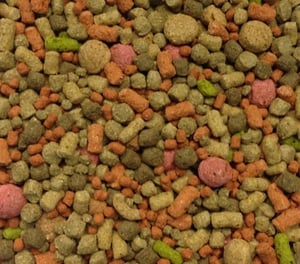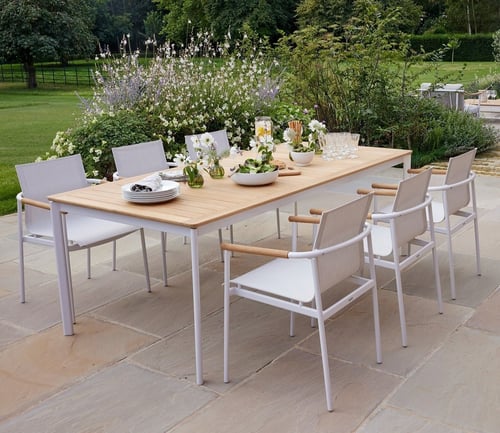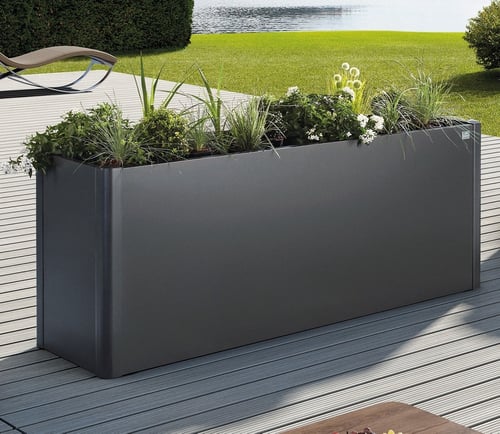Introduced by the Romans who used the plant for healing, lavender has been valued for centuries. The Tudors used it for cleansing, while the calming and relaxing effect of its scent was most important in Victorian times.
Today we would also plant lavender to attract wildlife especially birds, bees and butterflies.
So many varieties
There are over 400 varieties, but only a few of these are readily available as the public tends to demand those with dark purple flowers and a compact shape.
However colours range to pinks and even white, and by planting a mixture of varieties a mosaic can be created.
A long season, perhaps 12 – 15 weeks, can be achieved planting different cultivars. English and French flower first, then the hybrids. They also have varying uses, some are good for cooking, others more useful for perfumery.
Grown extensively up until the 1940s, particularly around Hitchin. its cultivation is currently being revived at Cadwell Farm which now receives 30,000 visitors a year who can go out into the fields to pick their own lavender.
Growing lavender
Diarmuid also visited Hidcote Manor, so well known for growing lavender that there is a variety named after the gardens.
Here he demonstrated how easy it is to take cuttings, anytime between April and September.
Take a short length of stem that hasn't flowered, dust it with hormone rooting powder and plant in a mixture of gravel and compost in a terracotta pot. Water and cover with a plastic bag and after a couple of months it should have rooted.
Good drainage is essential when planting. A lavender lined gravel path looks superb and the plants release the scent as you brush past them, but remember to line the holes or trench with gravel before planting the lavender 12 – 18ins apart above the level of the surrounding earth.
Lavender plants will last for about ten years, to keep them in shape snip just below the spikes after flowering. If the plant has become woody, you can cut back to the crown but only if you can see new shoots appearing.
Cultivars mentioned by Diarmuid included Hidcote with deep violet flowers and silvery foliage that's excellent for edging, the lower growing and lighter coloured Loddon Pink, and the long stemmed highly scented white Edelweiss.
Look out for these and many more unusual varieties if you want to sample lavender's fabulous qualities.















